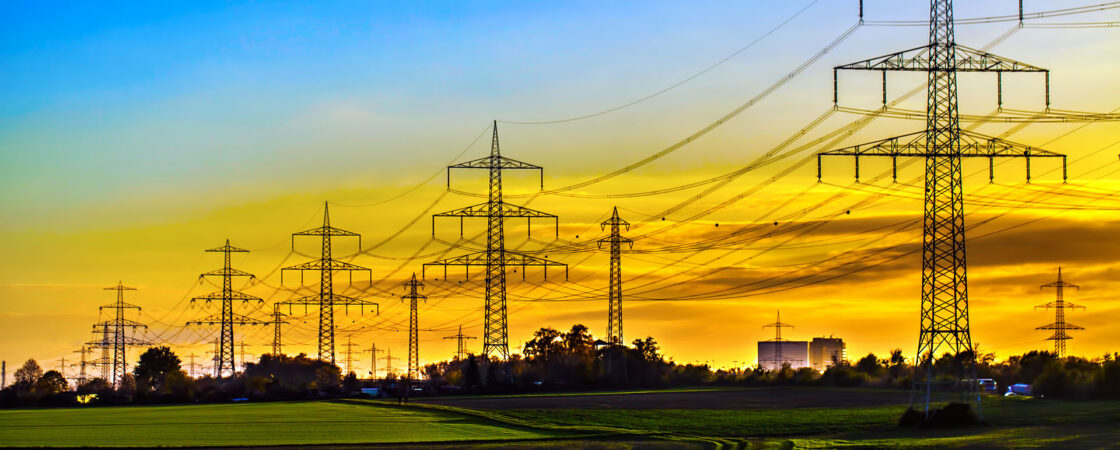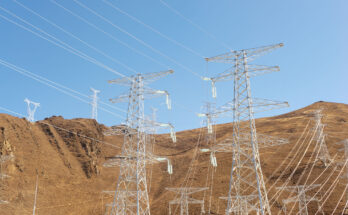Proper load orchestration would help you lower your energy bills. If you have made your decision to install energy monitoring systems (EMS), it is important to do it properly to get the most from your systems.
Here are some useful steps to help you install your monitoring systems properly.
Decide what you wish to monitor
It is very important to decide what you want to meter. We would meter every load in an ideal world. We could see how much power each load is using. You might have one meter for the entire building if you wish. With that, you will know what the consumption for the entire building is. But you will not know what individual loads consume. You should determine what the whole building is using and what individual appliances are using.
Monitoring system engineering and design
Energy monitoring systems can be very complex. You should ensure the basic monitoring requirements are met. You should also specify the components that’ll be needed to complete the project with your desired outcome. You need to choose the best protocols to communicate meter data back to the server.
Determine how to integrate the monitoring function with the existing protocols that you are already using on your property. Satisfying the requirements of your permitting agency is also important.
Acquire and install the communications hardware
The fact that this is fun is the main reason why a lot of metering projects fail. A lot of people want to jump into the fun part before they can take their time to work through the planning process, designing and engineering.
Programming and commissioning the equipment
This is the step that trips up a lot of DIYers. It is an exercise in solving a lot of variables and if anyone is wrong, your load orchestration and energy monitoring won’t work as desired.



